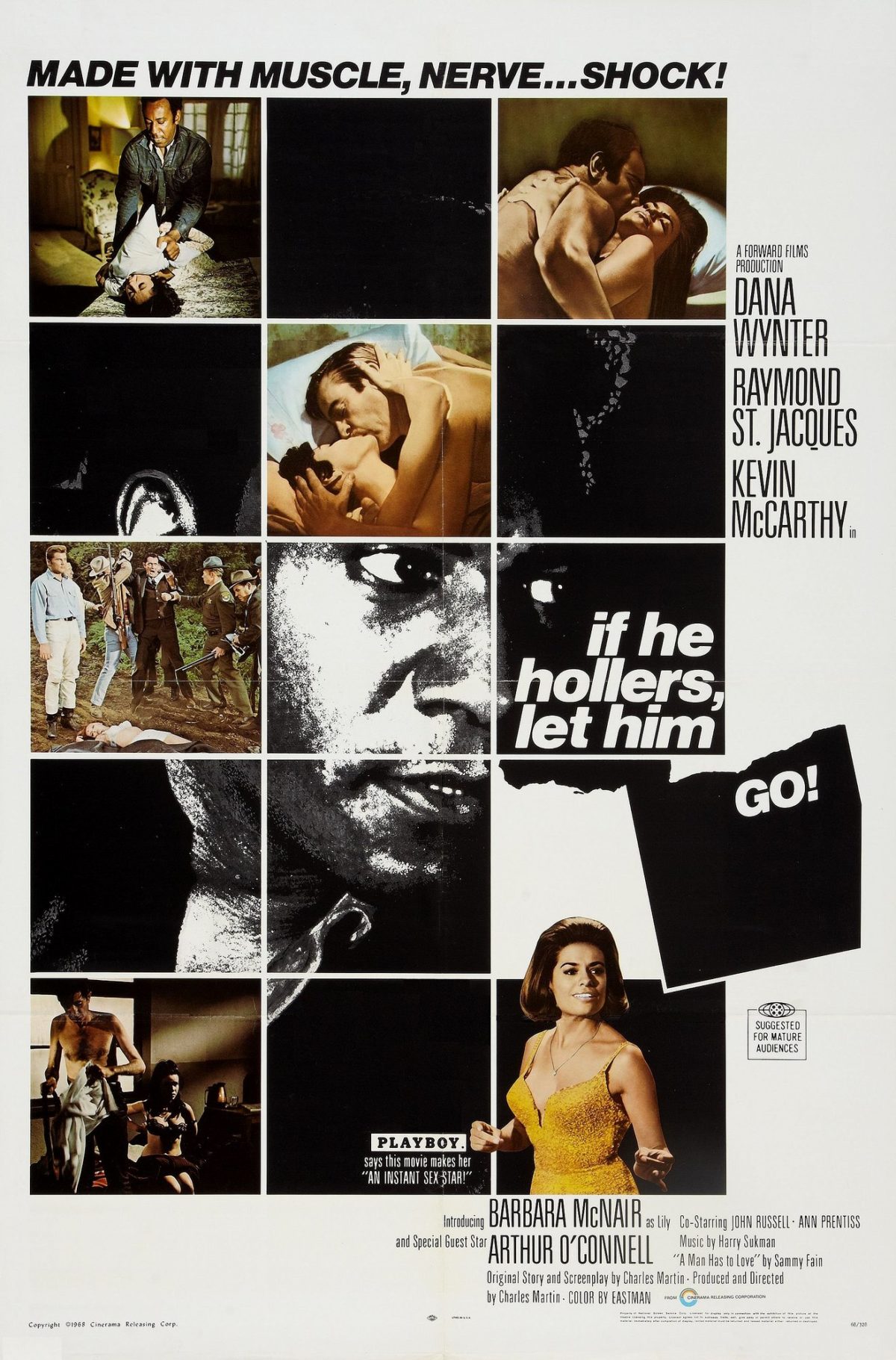Traditional noir is based on the white male gaze; consequently, the black female spectator’s gaze was the masochistic look of victimization for the first few decades of this genre (hooks 121). Yet Barbara Neely’s Blanche on the Lam introduces the black female oppositional gaze to noir against structures of power that asked society–especially black women–to consume these images of race and racism uncritically and in highly circumscribed ways (hooks 123). Blanche is a black maid who navigates her unequitable circumstances in life with sharp wit and unwavering attention; she avoids a prison sentence for writing bad checks and finds herself peering into the lives (and secrets) of a rich white family from the outside in. Although Blanche is attempting to escape the law, her oppositional gaze is less rooted in fantasies of escape. Blanche’s internal quips about the evolved master-slave relationship and the eccentricity of the white people she works for serve to demystify whiteness and regain a sense of agency for herself as a black woman.
Neely explores how there is both visibility and invisibility in Blanche’s being black, referencing W.E.B DuBois’s concept of the color-line and the veil in his well-renowned novel The Souls of Black Folk. When Blanche first escapes from the courthouse after a random turn of events, she feels the urge to become invisible in the best way she knows how. “She wished she had a little white child to push in a carriage or a poodle on the leash so she’d look as though she belonged there” (Neely 7). Neely signifies that the white voyeuristic gaze of noir (as well as the societies the genre is focused on) truly sees the “other” only when they step out of their supposedly designated roles. Blanche becomes aware of her ability to disappear at a young age, embracing her alter-ego of Night Girl after her cousin explains the power of becoming invisible. “‘It’s only them that got night in ‘em can step into the dark and poof–disappear! Go any where they want. Do anything’” (Neely 53). Blanche realizes that the color of her skin gives her a sense of agency; as long as she fulfills her designated role, then she can exercise a certain amount of freedom within a white patriarchal power structure. It is only during twilight that Blanche truly feels at ease. This is because her dark skin allows her to become invisible in the view of others, yet she can identify and recognize her own self without the white voyeuristic gaze. Dawn breaks as Blanche dreams of escaping on buses several times throughout the novel and sees herself through the white voyeuristic gaze.

I found your blog post to be really entertaining and insightful on the power of looking. I love how you brought up the power that Blanche wields of being visible which really makes her invisible. Blanche acts like a fly on the wall that is able to quietly observe in plain sight. This character was able to utilize her marginal role to enable her survival.
I really enjoyed your blog post, especially your thoughts about the view of the “other” when they are operating differently than what is expected of them in society. I think it connects well to what we were talking about at the beginning of the semester about characters living on the margins or bounds of society. These characters are often seen as invisible because they are pushed to a space in which they are often ignored and forgotten, as many black women have been throughout history. However, once they attempt to escape the margins, they are targeted. I think your point about Blanche realizing this and being strategically able to operate from the margins of society is really well put.